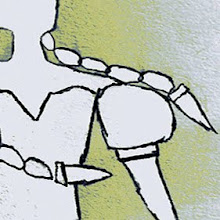Bird of paradise
John Reeves (1774 –1856) was a keen amateur naturalist and artist.
Born in Essex, he joined the British East India Company and was posted to Canton, now Guangzhou, in southern China where he worked as a tea inspector from 1812-1831.
While in China, he pursued his passion for natural history, amassing an astonishing collection of botanical and zoological specimens and paintings.
John Reeves was encouraged by influential patrons and by the East India Company, which wanted to find out about plants and animals from around the world for trade.
Canton was one of the world’s greatest ports. Its markets saw a thriving trade in goods from around the world, especially exotic plants and animals from all over Asia.
Because Europeans were not allowed to travel freely in China and because business could only be conducted through licensed Chinese merchants known as the Hong, he built a network of local contacts to supply him with specimens from within China and all over Asia.
Chinese ferret badger
Fish
Large Indian civet
Lion-haired macaque
Pineapple
Purple heron
Red lion-fish
Red-billed blue magpie
Red-crowned crane
Ruffed lemur
Salmon-crested cockatoo
Scarlet macaw
Shells (pink, spiked)
Temminck's tragopan
John Reeves commissioned local artists to draw and paint a great variety of mammals, reptiles, birds, molluscs, fishes and plants. Their work records what specimens looked like in life and shows key features that distinguish them from other species.
Scientists still refer to these first iconic images today.
(Text source: Natural History Museum – Reeves in China.)
A modern response to the John Reeves collection













+John+Reeves.jpg)

